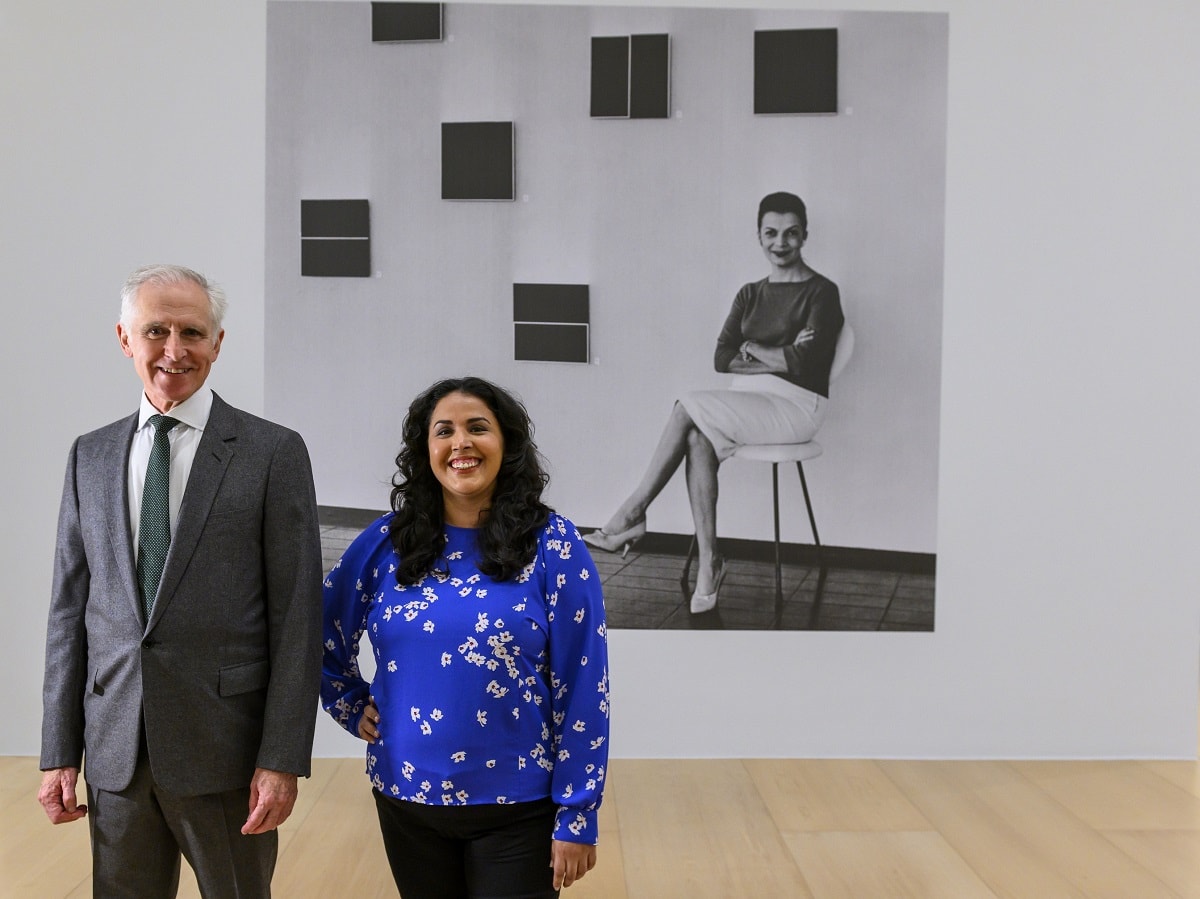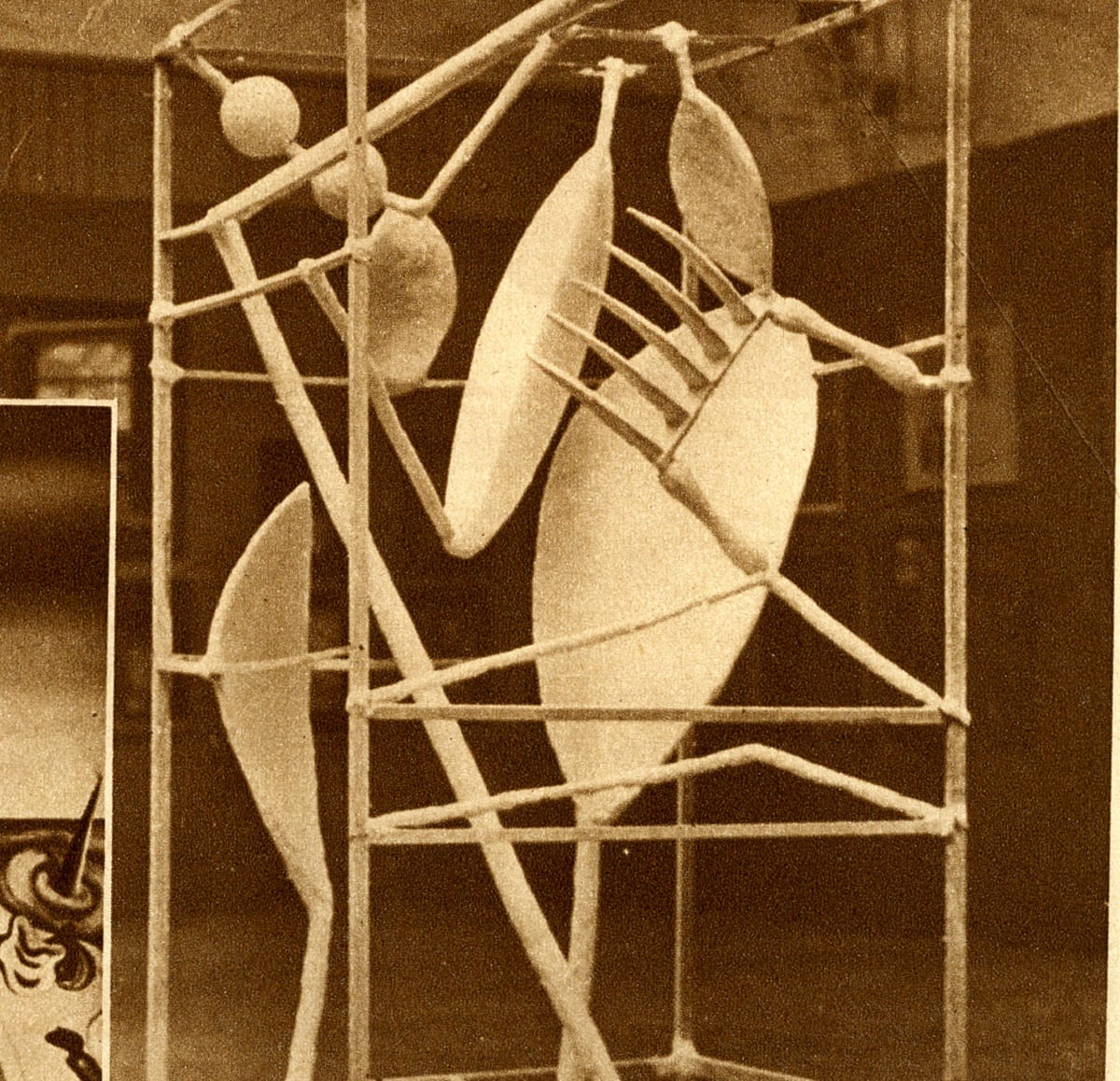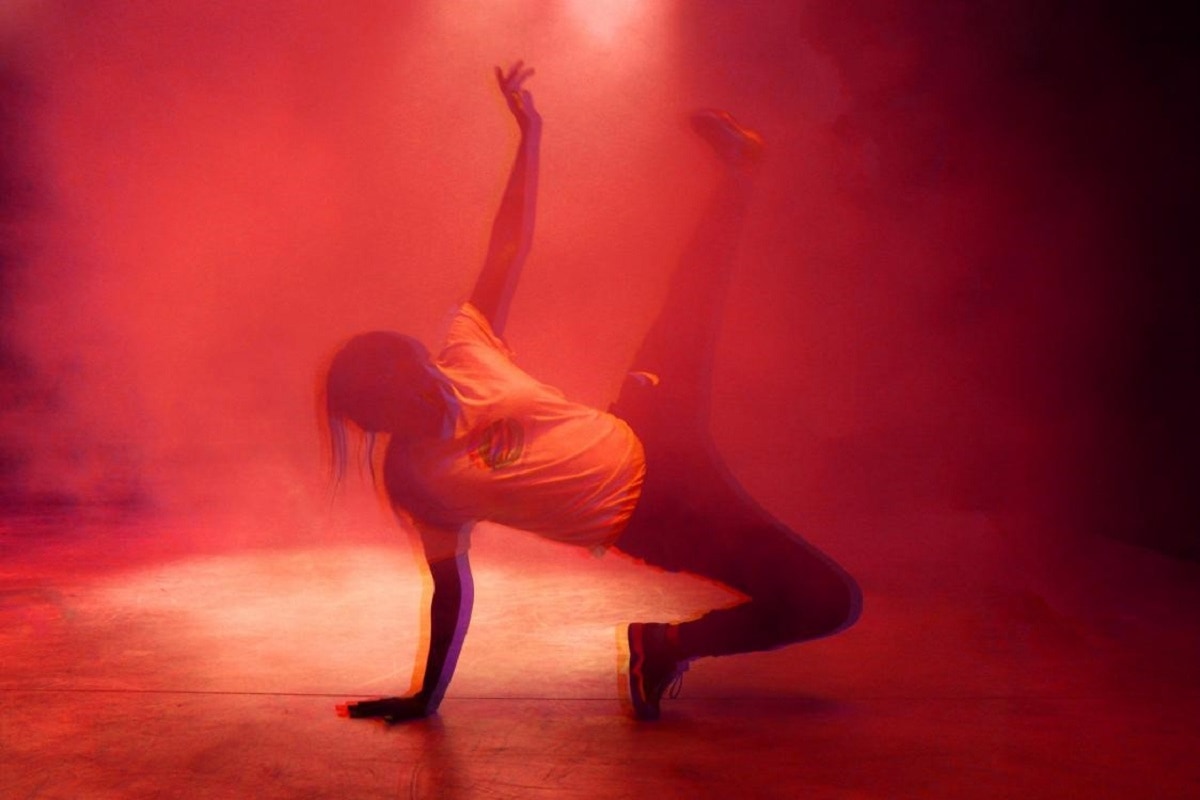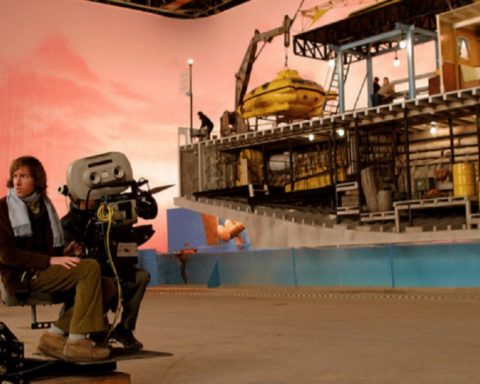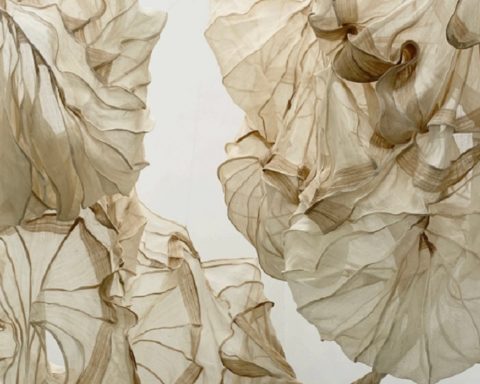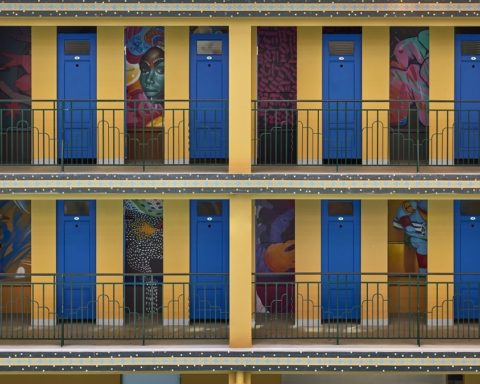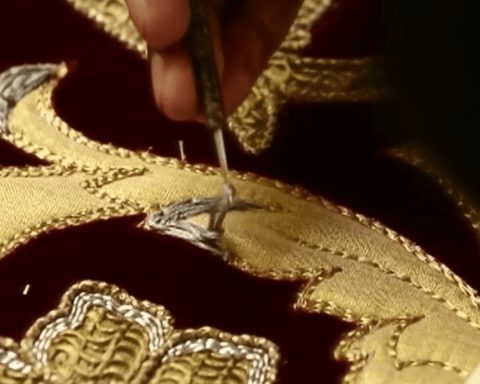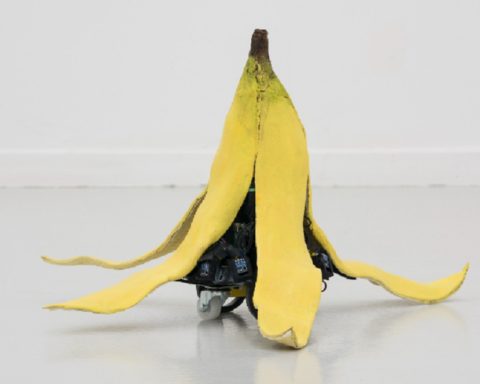Le Musée Guggenheim Bilbao présente La peinture comme champ d’expérimentation 1948−1958. Pionnière de l’abstraction, Lygia Clark (Belo Horizonte, Brésil, 1920−Río de Janeiro, Brésil, 1988) est une artiste fondamentale de la seconde moitié du XXe siècle. L’exposition propose une nouvelle analyse des années de formation de l’artiste, période cruciale qui va de 1948 à 1958, lorsqu’elle expérimente avec la figuration et l’abstraction jusqu’à articuler le puissant langage visuel qui va définir les créations de sa maturité. À côté d’une représentation significative de son étape figurative initiale, cette exposition rassemble des peintures des principales séries que Clark a créées à cette époque, offrant ainsi un aperçu essentiel de la première décennie de sa carrière artistique.
Cette exposition sur les premières œuvres de Lygia Clark, qui coïncide avec le centenaire de la naissance de l’artiste, consacre une attention renouvelée, de dimension internationale, à une créatrice incontournable de la scène latino-américaine de l’après-guerre.
En abordant la peinture comme un « champ expérimental », expression que l’artiste utilise dans une conférence clé qu’elle donne en 1956, Clark cherche à redéfinir le médium en repoussant les limites de la peinture traditionnelle. Elle se consacre à l’art sans avoir de formation officielle spécifique, s’intègre dans l’environnement artistique de Rio de Janeiro à la fin des années 1940 et participe à des mouvements fondamentaux, tels que l’art concret et l’abstraction géométrique, tout au long des années 1950. Cette exposition se concentre sur l’évolution de Clark à travers trois sections chronologiquement structurées : « Les premières années, 1948–1952 », « L’abstraction géométrique, 1953–1956 » et « Variation de la forme » : la modulation de l’espace, 1957–1958″. Chaque bloc présente les idées qui irriguent à ce moment le travail de Clark et reflète minutieusement son développement artistique à travers une sélection d’œuvres.
Cet accrochage des premières créations de Lygia Clark, qui coïncide avec le centenaire de la naissance de l’artiste, consacre une attention renouvelée, de dimension internationale, à une artiste essentielle de la scène latino-américaine de l’après-guerre. Le musée tient à remercier l’Association culturelle Lygia Clark de Rio de Janeiro et la famille de l’artiste pour l’énorme soutien qu’ils ont apporté à cette exposition.
PARCOURS DE L’EXPOSITION
Les premières années, 1948−1952
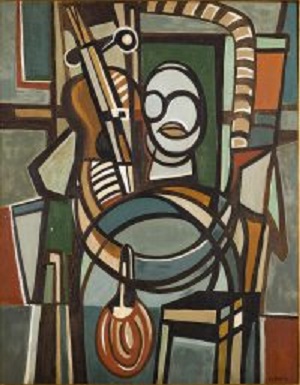
Collection particulière © Courtoisie Association culturelle “The World of Lygia Clark” X.2017.23
Au cours de sa première étape comme artiste, Lygia Clark aborde, au travers de dessins au fusain et de peintures à l’huile, divers thèmes traditionnels tels que le portrait, la nature morte, les intérieurs domestiques ou d’atelier, le paysage et l’architecture. Ces œuvres illustrent le traitement précoce de la ligne, de la forme, de la couleur et de l’espace développé par Clark, qui servira de base solide à ses créations ultérieures. La formation extra-académique de Clark auprès des artistes brésiliens modernes Roberto Burle Marx et Zélia Ferreira Salgado a également apporté des éléments clés à ses premières œuvres, tels que le chromatisme autochtone, la forme stylisée et la planéité de la surface.
Clark continue à ouvrir sa propre voie dans l’abstraction pendant son court séjour à Paris entre 1950 et 1952, lorsqu’elle étudie brièvement la peinture avec les maîtres modernes Fernand Léger et Árpád Szenes, ce dernier s’étant exilé à Río de Janeiro avec Maria Helena Vieira da Silva entre 1940 et 1947.
La production de Clark à partir de 1952 va des dessins au graphite et des peintures d’architectures aux compositions chromatiques modulaires à base de géométries prismatiques et de formes triangulaires acérées.
Avant son retour à Rio de Janeiro, en juin 1952, l’Institut Endoplastique de Paris accueille sa première exposition individuelle, qui compte certainement quelques-unes des pièces de cette section.
L’abstraction géométrique, 1953−1956
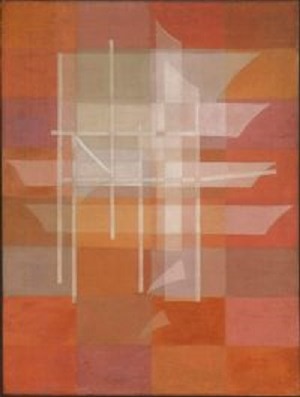
Collection Joâo Sattamini, en prêt au Museu de Arte Contemporânea de Niterói
© Courtoisie Association culturelle “The World of Lygia Clark” X.2019.192
Lorsque Lygia Clark revient à Rio de Janeiro en août 1952, l’art concret commence à se développer au Brésil, d’abord avec l’apparition du Grupo Ruptura à São Paulo en 1952, puis avec le Grupo Frente à Rio de Janeiro en 1954. Clark rejoint ce dernier, ainsi que ses contemporains Aluísio Carvão, Willys de Castro, Hélio Oiticica, Lygia Pape et Ivan Serpa.
Comme son équivalent à São Paulo, le Grupo Frente absorbe les idéologies de l’art concret européen et adopte les principes stricts de la forme pure et de l’objectivité, qui s’opposent au naturalisme et à la figuration prédominants au début de la modernité brésilienne.
Clark, notamment, adopte une esthétique géométrique unique qui faisait écho au rayonnement de l’abstraction géométrique moderne au Brésil et participe aux expositions collectives du groupe entre 1954 et 1956.
Cette section de l’exposition présente les compositions géométriques précises que Clark a créées en 1953 et d’autres séries importantes qui l’ont amenée à remettre en question les conventions spatiales du plan, telles que Découverte de la ligne organique (1954) et Destruction du cadre (1954).
En outre, cette section présente sous vitrine trois maquettes d’architecture qui ont été conservées, les Maquettes pour intérieur (1955), qui montrent clairement sa conception d’un espace dynamique. Ces maquettes, où est perceptible dans une certaine mesure l’influence de ses anciens maîtres Fernand Léger et Roberto Burle Marx, traduisent les recherches de Clark sur les relations entre l’art et l’architecture, qui prendront plus tard forme dans les peintures de chevalet de structures lisses, planes et modulaires qui composent sa série Surfaces modulées (1955).
En 1956, Clark a déjà adopté un chromatisme plus vibrant et plus varié, qui s’étend dans des compositions abstraites de formes en zigzag et en diagonale, angles aigus et motifs rythmiques.
Variation de la forme : la modulation de l’espace, 1957−1958
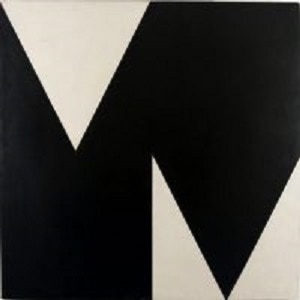
Collection Rose et Alfredo Setúbal © Courtoisie Association culturelle “The World of Lygia Clark” X.2017.108
Vers la fin des années 1950, Lygia Clark entreprend une investigation approfondie et méthodique de la forme picturale, créant une série de grandes compositions monochromes basées sur des plans positifs et négatifs. Son analyse de la forme linéaire dans un espace multidimensionnel cherche en fin de compte à manipuler et à renouveler la géométrie du plan.
Cette section déploie trois importantes séries d’œuvres bidimensionnelles créées en 1957 et 1958 : Plans sur surfaces modulées (1957−58), Espaces modulés (1958) et une nouvelle version de Surfaces modulées (1957−58).
Ces pièces, dont certaines ont été exposées à la Biennale de Venise de 1968, montrent la capacité de l’artiste à concevoir tout un jeu de configurations linéaires dans une série composée de formes géométriques en noir et blanc. En outre, elles sont accompagnées d’un choix de collages qui explorent la mutabilité de la ligne, de la couleur et de l’espace engendrée au moyen de lignes entrecroisées et de contrastes chromatiques.
Biographie de Lygia Clark
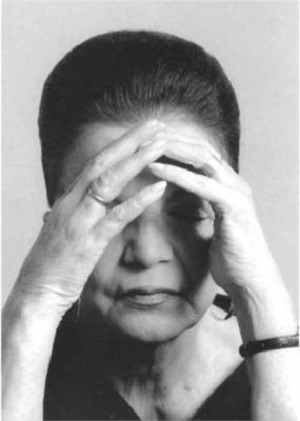
Née en 1920 à Belo Horizonte, Minas Gerais (Brésil), Lygia Clark reçoit à la fin des années quarante une formation artistique plutôt informelle à Río de Janeiro auprès des artistes brésiliens Roberto Burle Marx et Zélia Ferreira Salgado. En 1950, elle se rend à Paris pour poursuivre sa formation avec les maîtres modernes Fernand Léger et Árpád Szènes. Sa première exposition, intitulée L. Clark-Ribeiro, a lieu en 1952 à l’Institut Endoplastique de Paris, où elle présente ses premières expérimentations avec l’abstraction et les formes constructives dans des travaux bidimensionnels.
À son retour au Brésil, à la fin de cette même année, elle expose pour la première fois seule dans son pays natal avec l’accrochage intitulé Lygia Clark 1950-1952, tenu au ministère de l’Éducation de Río de Janeiro.
Reconnue comme une artiste prometteuse, Clark commence à participer à d’importantes expositions collectives régionales, comme la première Exposição Nacional de Arte Abstrata (1953) et la Biennale de São Paulo (1953). En 1954, elle rejoint le collectif d’avant-garde baptisé Grupo Frente, avec ses contemporains Aluísio Carvão, Hélio Oiticica et Lygia Pape, entre autres, et prend part aux expositions révolutionnaires du groupe organisées jusqu’en 1956.
Suivant les principes de l’abstraction géométrique, son travail de cette période opte pour une rigoureuse représentation de formes géométriques et les couleurs vives donnant une sensation d’ordre.
Elle participe aussi à d’autres expositions importantes, comme le Salão Nacional de Arte Moderna (1956 et 1957), la première Exposição Nacional de Arte Concreta (1957) et la Biennale de São Paulo (1957). Vers la fin des années 50, les préoccupations esthétiques et philosophiques de Clark rencontrent celles du mouvement néoconcret brésilien apparu en 1959 qui rejette la nature impersonnelle et objective de l’abstraction concrète. Les néo-concrétistes conçoivent leurs œuvres comme quelque chose à mi-chemin entre l’art et la vie, et comme des expériences dans la sphère publique. Clark, membre fondateur, participe à l’Exposição Neoconcreta de 1959 et crée des pièces tridimensionnelles qui invitent le spectateur à participer activement à l’œuvre d’art.
De 1964 jusqu’au début des années 1970, Clark réside à Paris. Elle y créa une série d’œuvres non conventionnelles qui se déroulent parallèlement à sa longue psychanalyse avec le psychiatre Pierre Fédida, ce qui l’a amenée à adopter l’idée d’une forme d’art thérapeutique. Ses recherches coïncident avec des événements révolutionnaires survenus dans le monde entier, comme ceux de Mai 68 en France, et l’apparition d’une nouvelle génération d’artistes brésiliens impliqués dans des mouvements tels que Nova Objtividade (nouvelle objectivité) et Tropicália (tropicalisme).
Les œuvres de Clark de cette période intègrent des éléments qui stimulent le corps par les yeux, les oreilles et le nez afin d’intégrer les sens sans donner la primauté au visuel. Sa recherche artistique durant cette période se concentre sur une pratique thérapeutique visant à activer la conscience subjective et corporelle.
Après 1978, dans les dernières étapes de sa carrière, Clark se consacre exclusivement à son activité psychanalytique.
Elle décède à Rio de Janeiro en 1988.
DIDAKTIKA
Dans le cadre du projet Didaktika et du programme Approchez l’art, parrainé par la BBK, les visiteurs disposeront d’informations complémentaires sur la trajectoire de Lygia Clark dans l’un des espaces éducatifs du troisième étage.
Il s’est agi, d’un côté, de mettre en contexte la scène artistique latino-américaine entre les années 40 et 50 et, de l’autre, de souligner le rôle pionnier de Clark dans le développement des investigations et des expérimentations entre le corps et l’esprit. À mi-chemin entre l’art et la thérapie, elle travaille sur cette question au cours des années 60 et 70.
La projection d’un documentaire recueille par ailleurs les témoignages de ses proches, responsables de l’association culturelle O Mundo de Lygia Clark.
En outre, l’espace pédagogique présente une série de copies de ses objets sensoriels, ce qui permet de renforcer le volet interactif de l’expérience chez les visiteurs.
De plus, les activités suivantes ont été programmées en liaison avec l’exposition :
- Table ronde La peinture comme champ d’expérimentation 1948–1958 (4 mars)
Cette table ronde sur l’œuvre de Lygia Clark réunira plusieurs spécialistes importants de l’art latino-américain moderne et contemporain. Ainsi, Geaninne Gutiérrez-Guimarães, curatrice associée du Musée Guggenheim Bilbao et commissaire de cette exposition, Adele Nelson, professeur adjointe d’histoire de l’art et directrice adjointe du Centre d’études visuelles latino-américaines de l’Université du Texas à Austin, et Paulo Miyada, curateur de l’Institut Tomie Ohtake et curateur adjoint de la 34e Biennale de São Paulo, débattront de la première étape de la carrière artistique de Clark, à partir des œuvres choisies et des trois sections chronologiques de l’exposition.
- Réflexions partagées* : Visites uniques sous la houlette de professionnels des départements Curatorial et Éducation du Musée qui offrent différents points de vue sur les contenus de cette nouvelle exposition.
Vision curatoriale Lygia Clark (6 mars) avec Geaninne Gutiérrez-Guimarães, curatrice associée du Musée Guggenheim Bilbao et de l’exposition.
Concepts-clés Lygia Clark (22 avril), avec Marta Arzak, sous-directrice Éducation et Interprétation du Musée.
* Avec le soutien de la Fundación Vizcaína Aguirre.
Commissaire d’exposition : Geaninne Gutiérrez-Guimarães, curatrice associée, Musée Guggenheim Bilbao, Solomon R. Guggenheim Museum and Foundation
Exposition La peinture comme champ d’expérimentation 1948−1958 au Guggenheim Bilbao Museoa – Du 6 mars au 24 mai 2020
Pour aller plus loin :
- Lygia Clark : De l’œuvre à l’événement – Nous sommes le moule. A vous de donner le souffle – Edition du Musée des Beaux-Arts de Nantes : Cet ouvrage présente les propositions expérimentales développées au cours des 25 dernières années de la trajectoire artistique de Lygia Clark. Des textes de Suely Rolnik, Laurence Louppe, José Gil, et des entretiens avec Hubert Godard et Pierre Fédida offrent une analyse inédite de la question du corps dans l’œuvre de Lygia Clark. Reproduction des articles parus sur l’artiste dans la revue Robho (1967-1971), ainsi que d’un texte du critique d’art brésilien Mário Pedrosa, écrit en 1963.

